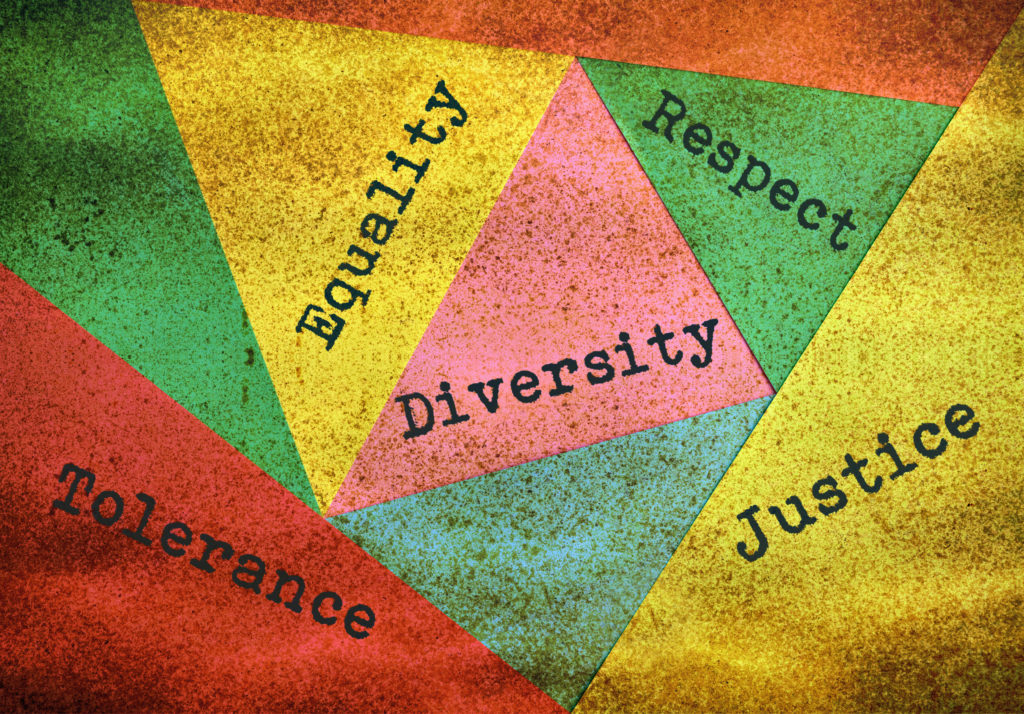Willow Tree sees rise in medical evaluations for child abuse, neglect
A Nurse Practitioner with Children’s Wisconsin details the rising number of children who are brought to Willow Tree Cornerstone Child Advocacy Center for cases of suspected child abuse and neglect. Why it’s happening and how you can help.
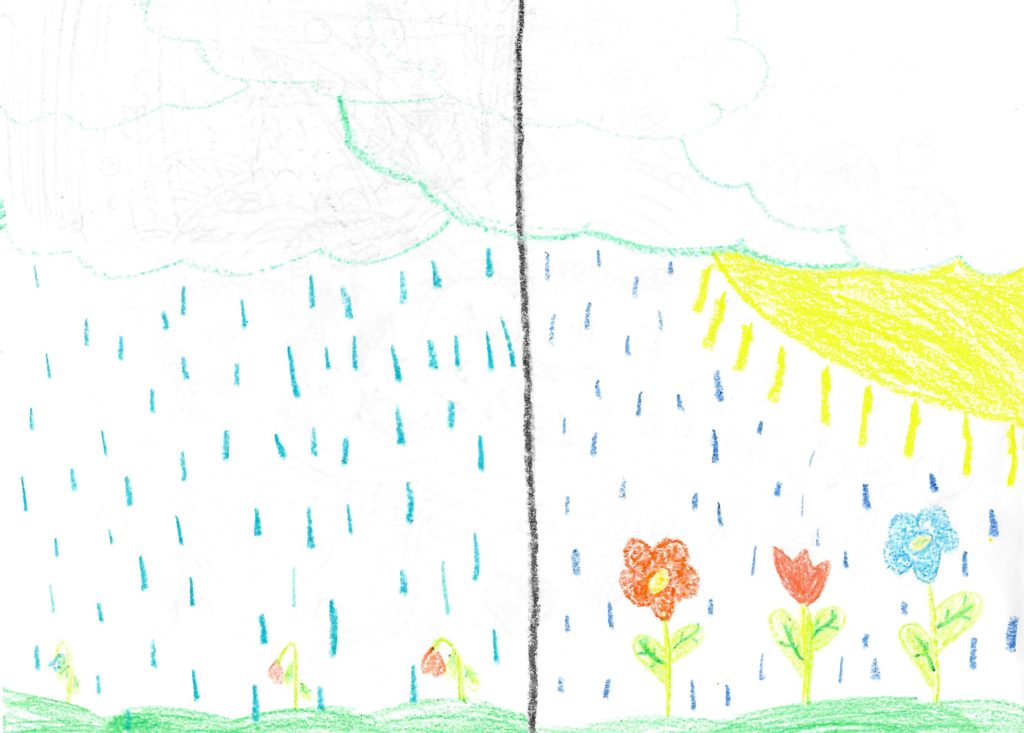
By Jennifer Yates
Nurse Practitioner, Children’s Wisconsin
Willow Tree Cornerstone Child Advocacy Center
Over the last decade, the number of abused and neglected children being referred to Willow Tree for a medical evaluation has been steadily rising. Our community partners in law enforcement and social services have repeatedly told us about the value of this service.
As a nurse practitioner with Children’s Wisconsin, and a member of the Willow Tree team, I specialize in the evaluation of these vulnerable children. I am often able to identify abusive injuries in very young children under the age of 2 that would have been missed without proper imaging or screening. These assessments done at Willow Tree to diagnose physical abuse are not often used by other medical providers. However, it is these very assessments that often keep children safe.
The number of children being referred for drug endangerment has substantially increased as our partners increasingly turn to us for these services. I have seen so many vulnerable children test positive for illicit substances like cocaine and methamphetamines. Recently, we screened a 5-year old-boy who was positive for cocaine, methamphetamines, and three other controlled substances that he was not prescribed. Oftentimes, young children get these substances in their system after touching surfaces in the home where the drugs are present, and then putting their fingers in their mouths.
Child Advocacy Centers like Willow Tree initially served mainly victims of child sexual abuse, which now make up only about half of the children seen due to our expanding services for other types of child maltreatment. In cases of child sexual abuse, explaining to children and their families that their body is okay and that they look normal is often a critical step in their healing process, and they are often relieved. Identifying unmet health care needs and providing referrals for mental health services is the goal to help mitigate the adverse childhood experience of abuse.
Without Willow Tree, the signs of abuse and neglect may be missed and children may stay in unsafe situations.
Today, August 12, 2020 is our online Day of Giving in place of the 6th Annual Life Saver River Cruise benefit, which would have raised critical funds for our services. We need your support to continue giving expert medical evaluations to children in our community.
Please consider giving a gift and help us ensure that even more children are able to access our services at Willow Tree!


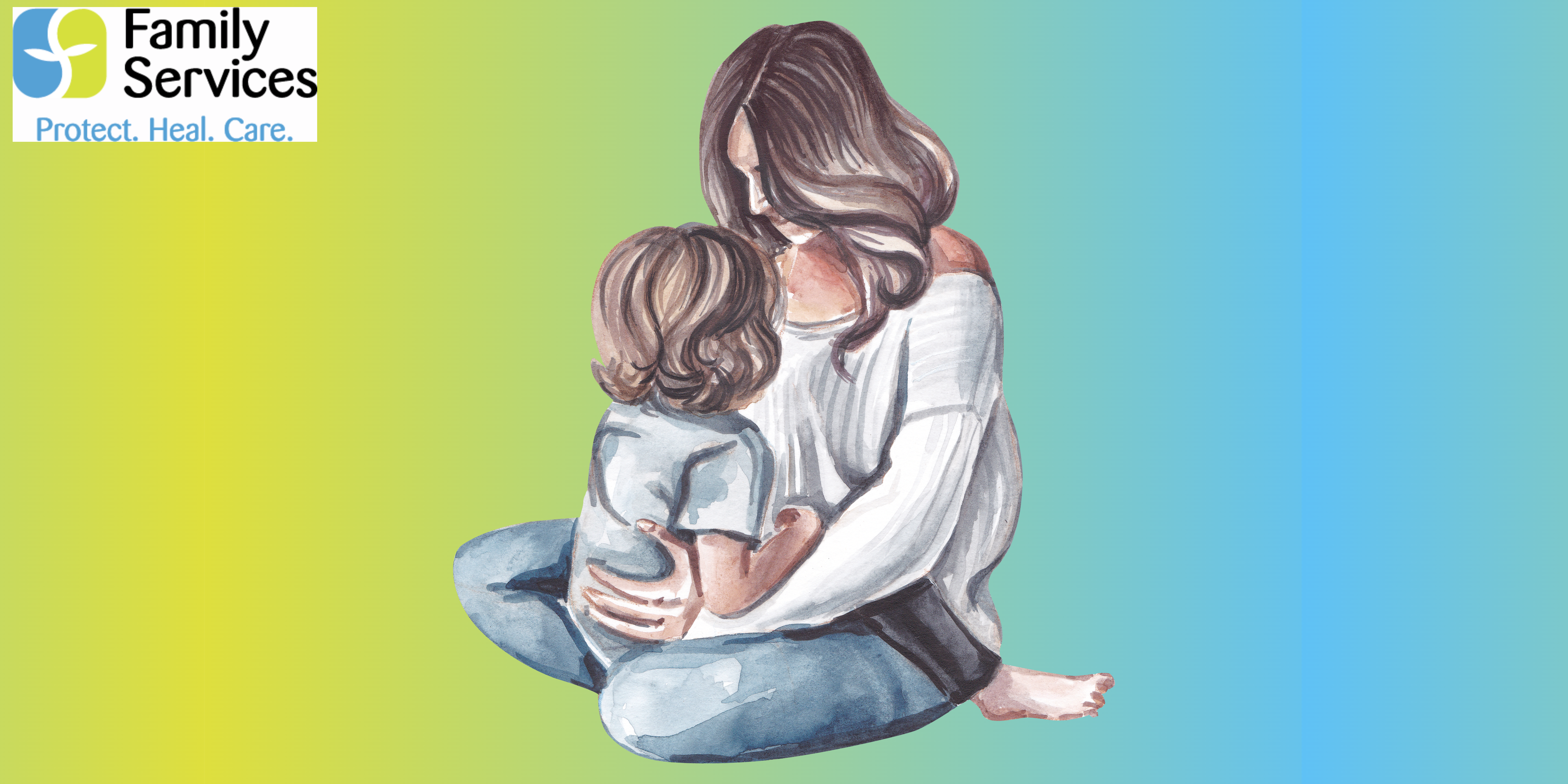
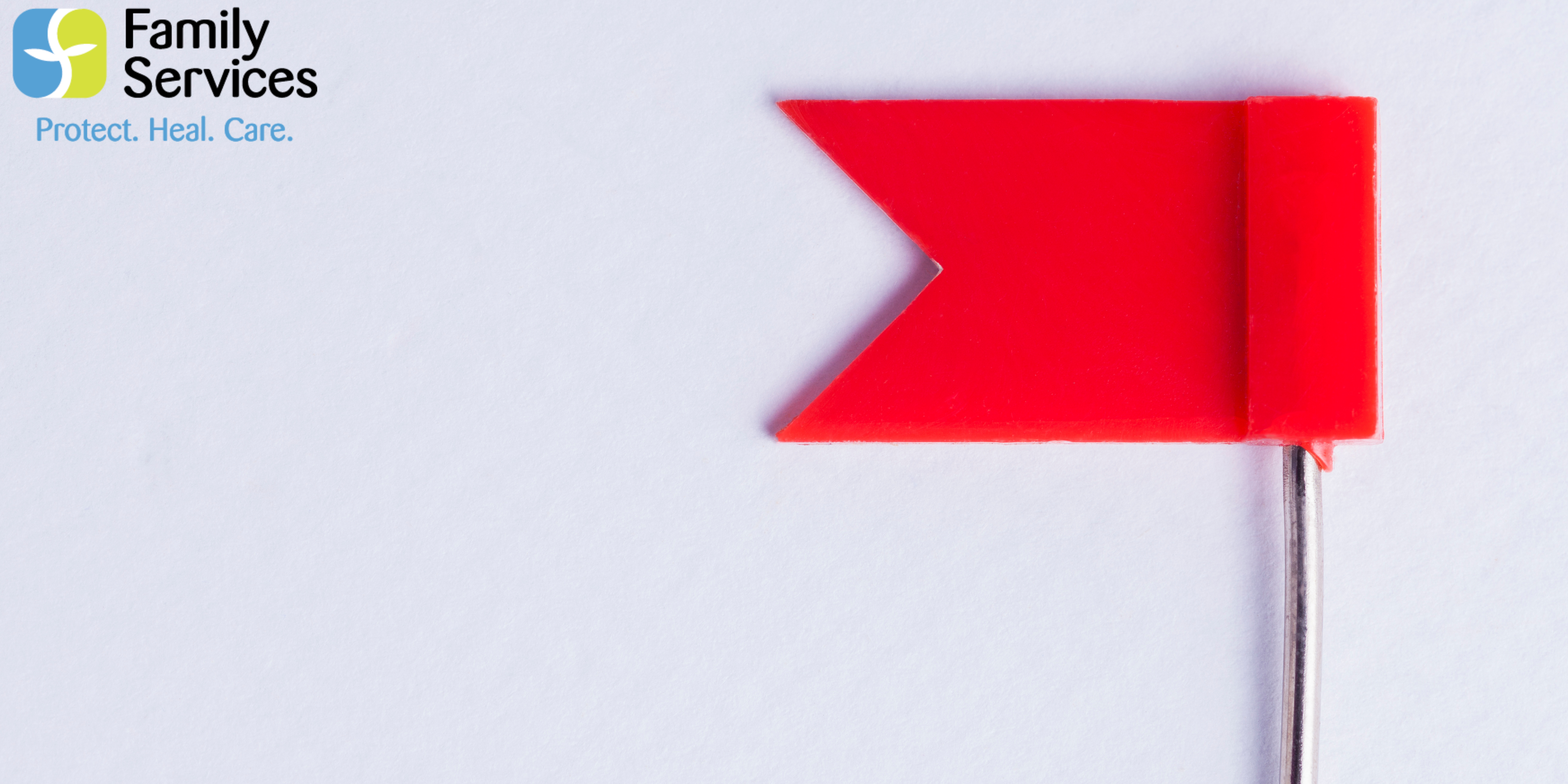
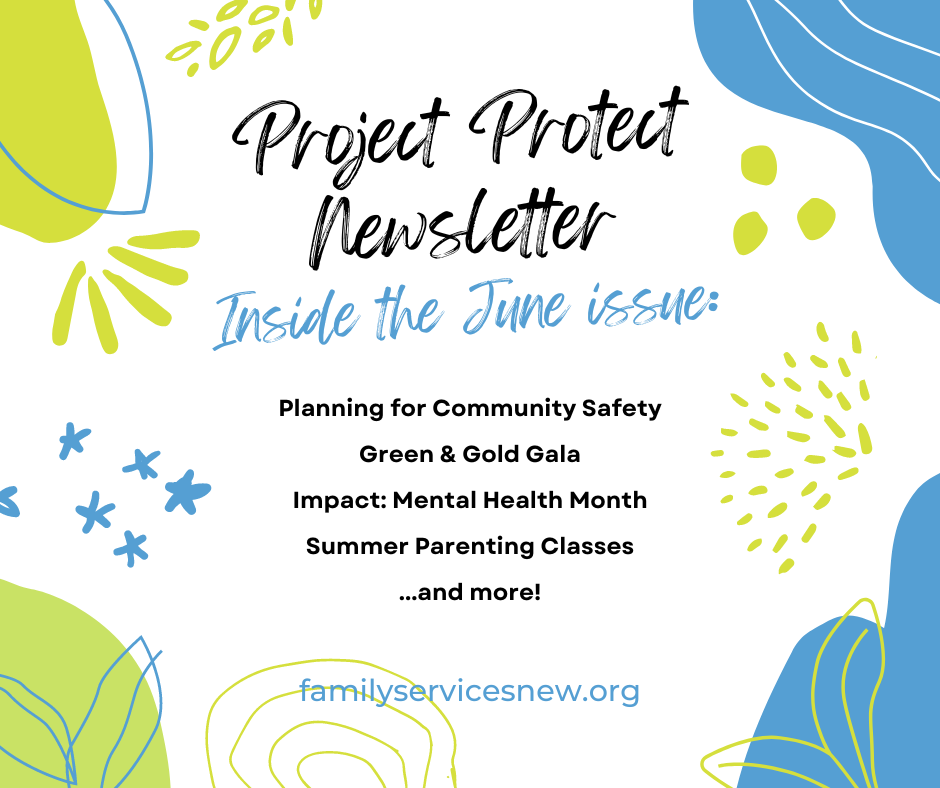
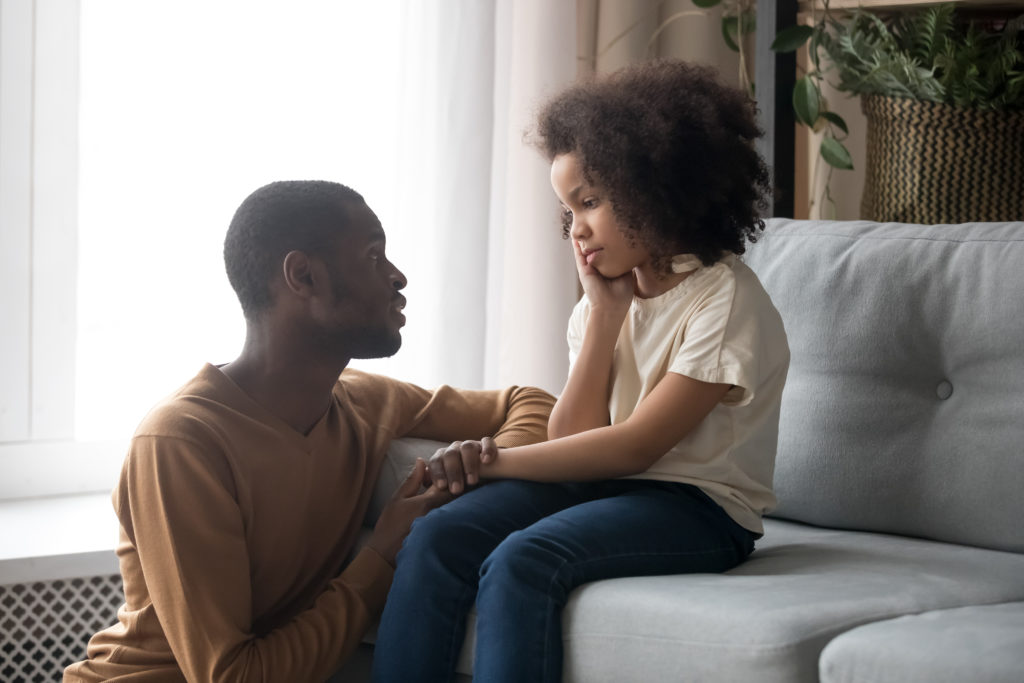
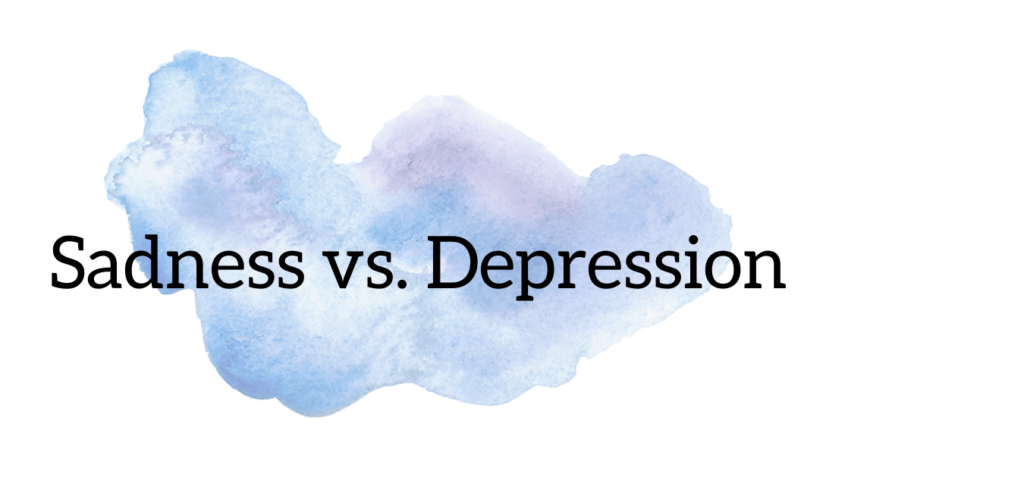
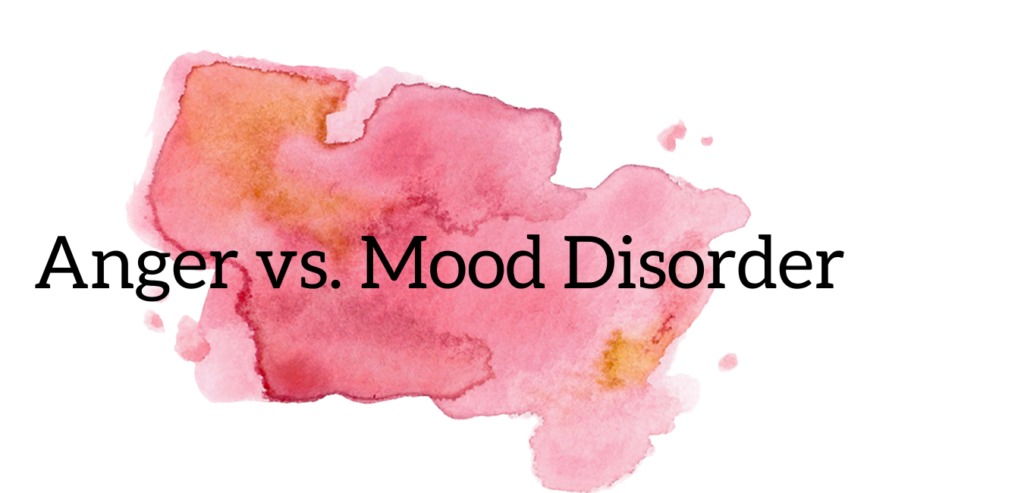
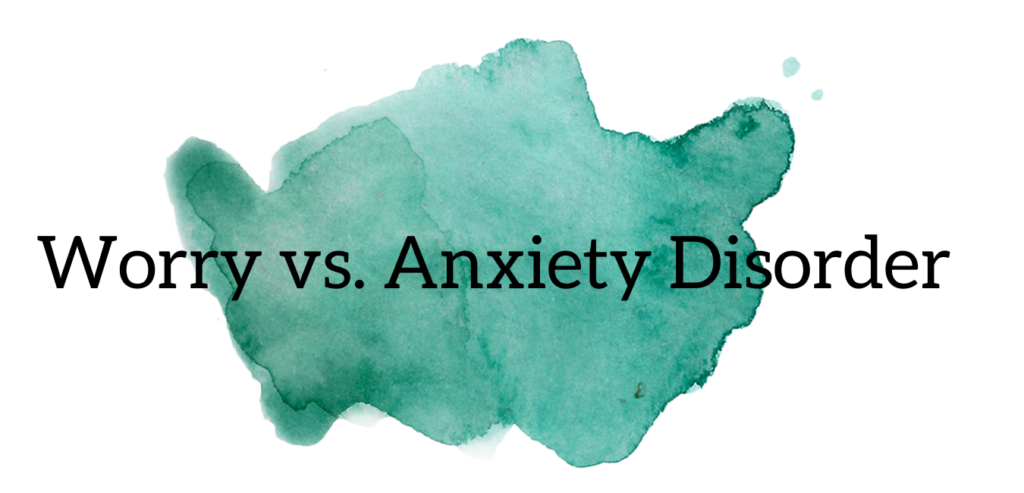
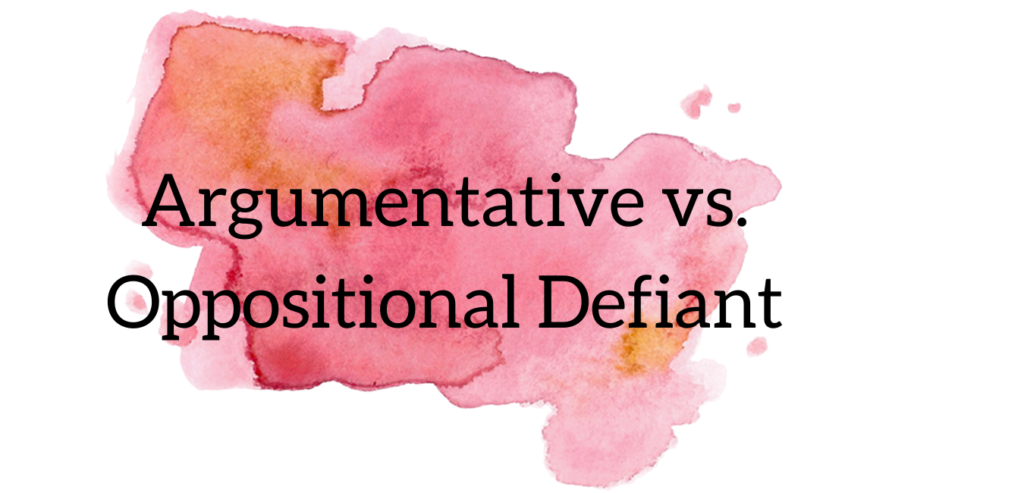
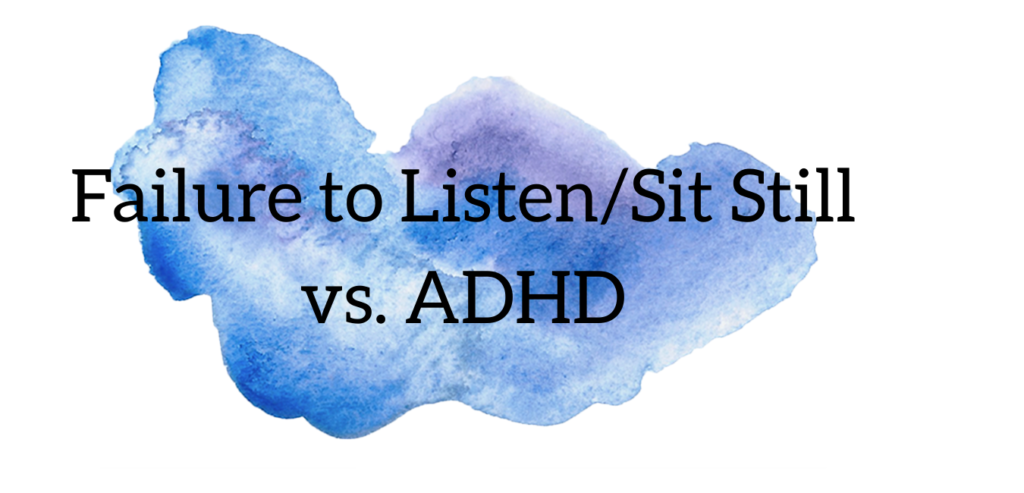
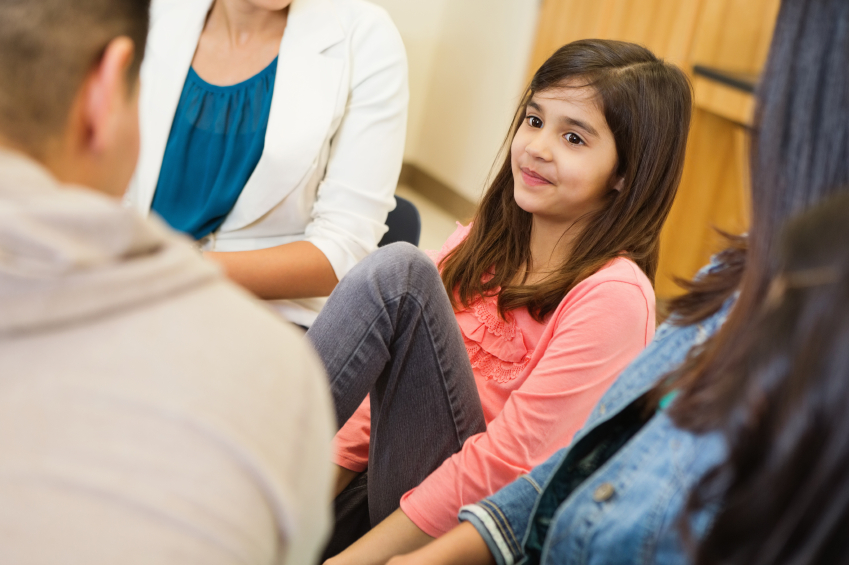


 Chelsea McGuire is an outpatient therapist with the
Chelsea McGuire is an outpatient therapist with the 